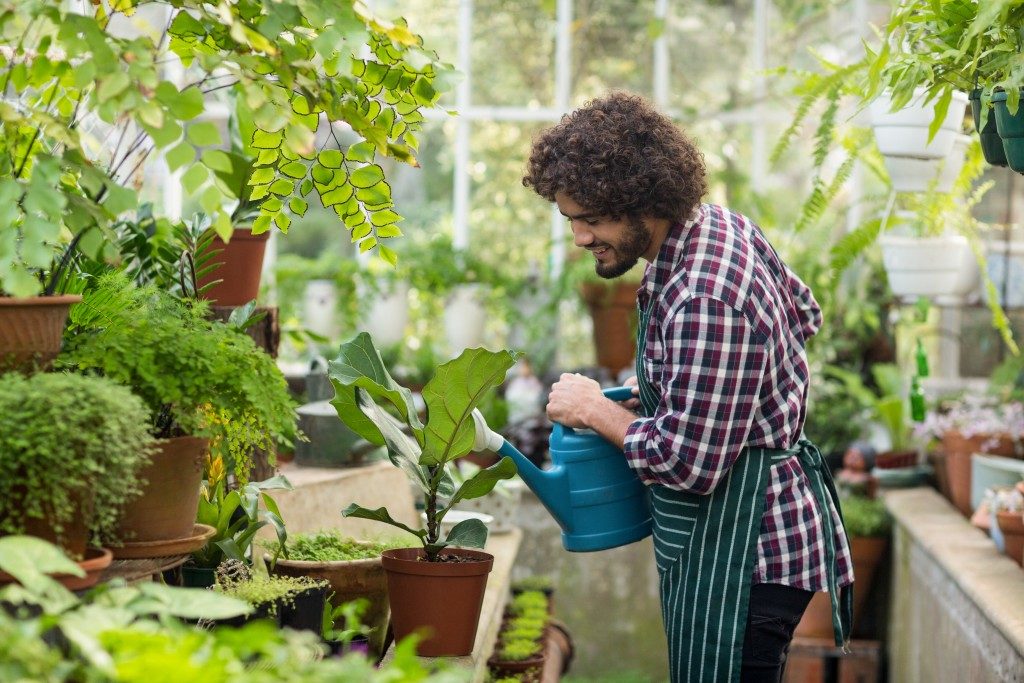The most efficient greenhouse designs aren’t the traditional house-like structures. Geodesic or dome-like structures are far more effective, with even NASA and Tesla incorporating them when planning for permanent structures in the moon or other planets.
Space Age Design and Structure
From the biospheres of the Eden Project in the UK and the Climatron in the Missouri Botanical Garden to Elon Musk’s envisioned colony in Mars, geodesic domes or geodomes are considered to be some of the most viable and efficient structures to nurture life. They have a very solid structure, with each connecting joint reinforcing the whole structure and distributing stress to a larger area. The curved nature of the dome also makes it more resilient to heavy winds and snow. The dome-like shape gives geodomes a high volume to area ratio, giving it more space than the usual rectangular structure. Even with their higher volume, geodomes have 30-40 percent less surface area than rectangular buildings, allowing temperatures inside to remain regulated and preventing heat loss during winters.
Geodomes as Greenhouses

Geodesic greenhouses are quite uncommon, but serious gardeners will opt for one if they require a greenhouse with higher heat output and retention. A geodome’s uniform and curving surface absorb heat and light consistently, giving your plants maximum sun exposure throughout the day. The high ceiling promotes better air circulation, evening out the temperatures within the dome. With a minimal surface area and no edges for snow to accumulate, your dome will retain heat and eliminate cold spots. You can extend your growing season or grow crops that require higher temperatures. The bigger volume also allows you to grow more plants or perhaps bigger plants and small trees.
A geodome’s uniform surface distributes sunlight more efficiently than standard greenhouses. Your crops will grow at a uniform rate, with little variation in size or appearance. Geodomes are easy to maintain; damage to one panel is less expensive to repair since you’ll only be replacing a small section instead of a whole wall panel in case of damage. It also allows for easier couplings with an existing structure, and it can easily be connected through an existing doorway if you want a conservatory-like structure.
A Few Disadvantages
A goedome’s unique structure might cause a few problems when applying for a permit. Your local homeowners’ association might not understand what it is or consider it too eye-catching for the neighborhood. Geodomes also run a bit hotter than standard greenhouses. While this makes them ideal for winter months or when raising peppers, tomatoes, and melons, the summer heat can get stifling for your plants. You’ll need a cooling solution for your ordinary crops. A few well-placed blinds, a few vents, or maybe an integrated pond within your greenhouse should do the job.
Geodesic greenhouses outperform standard greenhouses in almost every aspect of growing plants. They allow you to plant more crops, make use of the sun more efficiently, and retain more heat during the winter. If they’re good enough tosustain life on another planet, they should do well in your backyard.





